Old Boat With Wings Planes Future Drawing Concept Sketch
Earth's worst planes: The aircraft that failed
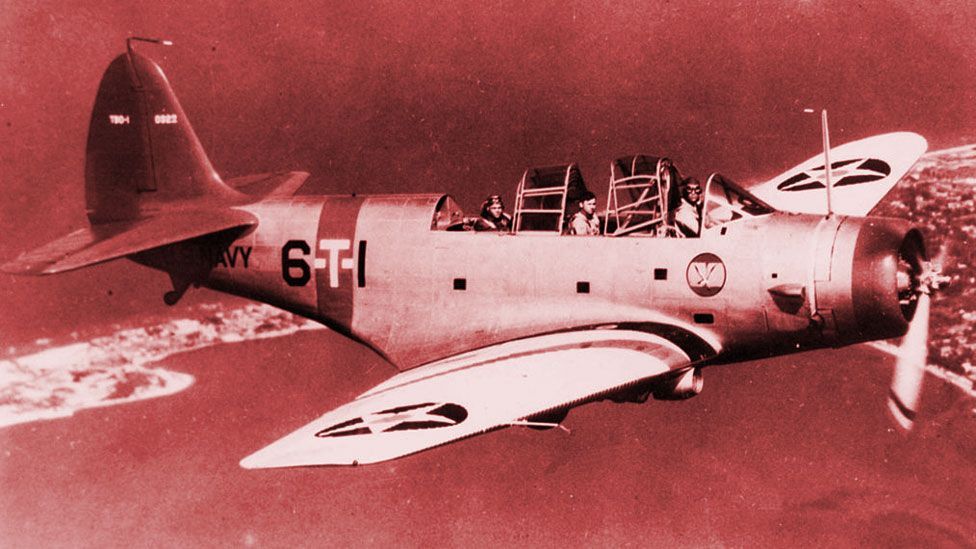
The history of aviation is littered with aircraft that failed to live upwardly to expectations. Here are some of the well-nigh serious aviation failures – from nine-winged monstrosities to a plane with flapping wings.
I
It's more than 110 years since mankind first took to the air in a powered aircraft. During that fourth dimension, certain designs have become lauded for their far-sighted strengths – the Supermarine Spitfire; Douglas DC-iii Dakota; or the Anglo-French Concorde supersonic airliner, to name a few.
Merely and then there are planes like the Christmas Bullet. Designed by Dr William Whitney Christmas, who was described by one aviation historian equally the "greatest charlatan to ever see his name associated with an airplane", this "revolutionary"paradigm biplane fighter had no struts supporting the wings; instead, they were supposed to flap similar a bird's. Both prototypes were destroyed during their outset flights – basically, because Christmas's "breakthrough" design was so incapable of flight that the wings would twist off the airframe at the first opportunity.
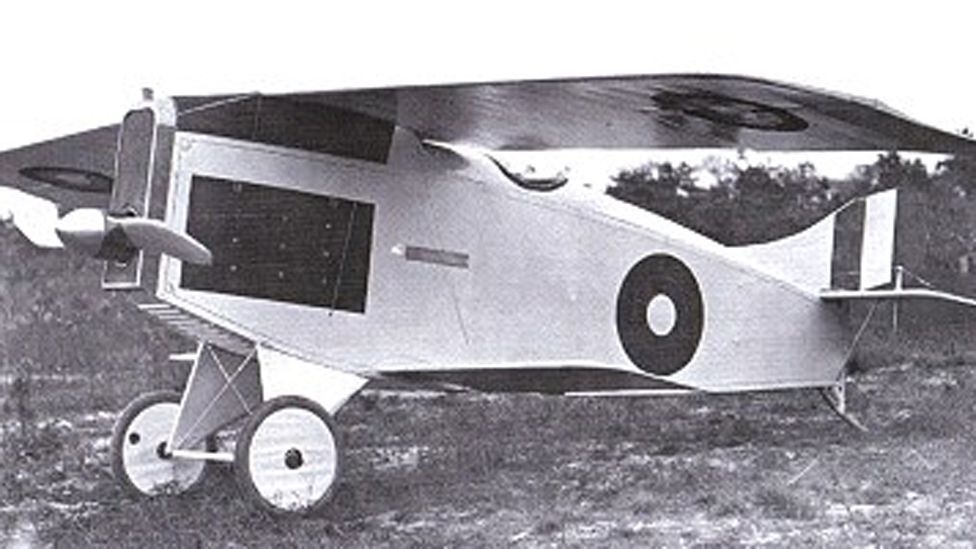
The Christmas Bullet - with unsupported wings intended to flap like a bird'due south - is widely regarded equally the worst aircraft design in history (US Authorities)
Just many of the world's about enduring designs share certain characteristics, the history of aviation is littered with disappointing designs. Failures like Christmas'due south uniquely unflyable shipping ofttimes disregarded some fairly simple rules…
Do the job you're meant to do
United kingdom'due south at present defunct aircraft maker Blackburn scored a double design-failure whammy in the 1940s. Their Roc was intended to be a fleet defence fighter, protecting bombers and strike planes from enemy fighters, and keeping a watchful centre over friendly ships. To that end, Blackburn decided to stick a iv-machine-gun turret backside the pilot (the kind usually seen on multi-engined bombers) and take out any forepart-firing guns. The weight of the turret meant the Roc was far too slow; what'south more the guns wouldn't fire properly unless the shipping was flying in a straight line (try that in a dogfight). The Imperial Navy refused to allow the Roc to wing off its carriers, and the aircraft simply managed to shoot downwardly 1 aircraft, a German Junkers bomber, in the entire war.
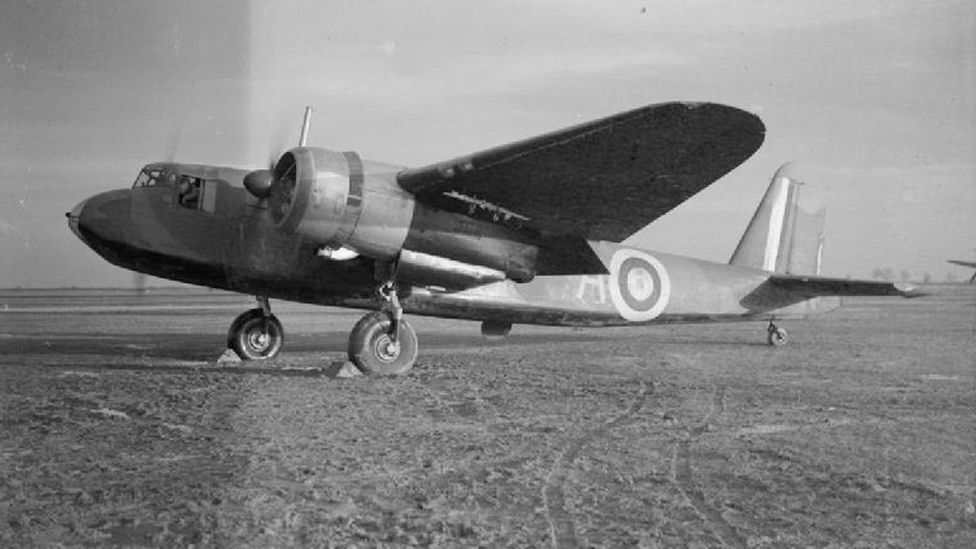
The Blackburn Botha was pressed into service in 3 different roles - and failed in every one (Purple War Museum)
Blackburn's Botha, meanwhile, was a 2-engined torpedo bomber and reconnaissance aircraft, which first flew in 1938. The first trouble? The view from the coiffure compartment was so bloodcurdling that the aircraft was deemed useless every bit a recon plane. Next, it turned out it was dangerously underpowered – the extra weight from suddenly having to carry an actress coiffure fellow member meant the aeroplane would take struggled to carry its intended torpedo armament. When they were phased out of frontline service in 1941 they passed onto training squadrons – but the Botha was so catchy to fly that there were many accidents. The Botha concluded up being a failure, never fulfilling the roles information technology was designed for.
Don't think too far outside the box
World War I provided the impetus for a great deal of successful aviation experimentation – from monoplane to biplanes to triplanes, and aircraft with the engine and propeller mounted behind the aircraft. The Royal Aircraft factory BE9 tried to get one step further – separating the forepart gunner and the airplane pilot with the plane's engine and propeller. This was meant to give the gunner an unimpeded field of fire, but besides meant he could be crushed by the engine during a crash, or sliced by the whirling propeller blades. Hugh Dowding, who afterward allowable RAF defences in the Boxing of Britain, took one look at it and declared it "an extremely dangerous machine from the passenger's signal of view".
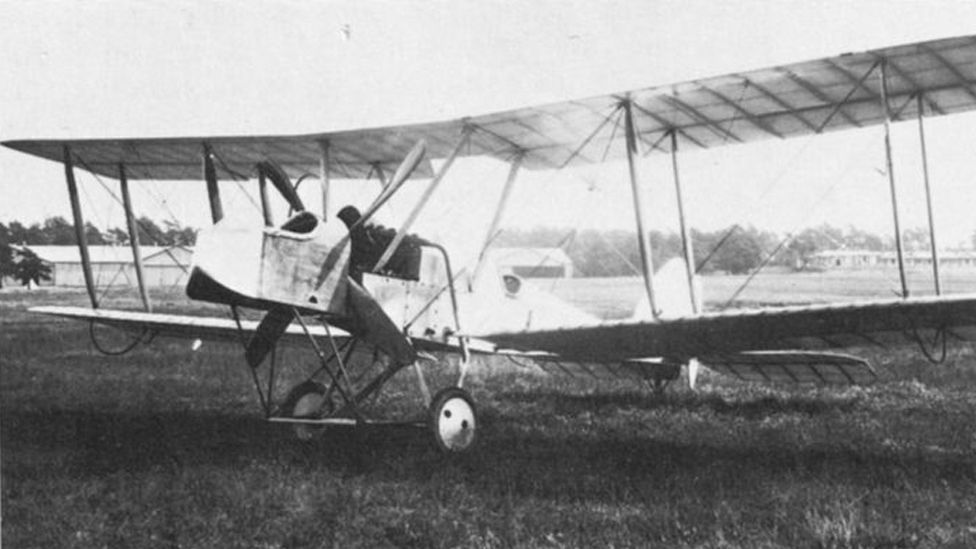
The BE9's blueprint was outlandish; separating the gunner and airplane pilot with the engine and the propellor blades (Imperial War Museum)
In the 1920s, Italian airplane–maker Caproni designed the Ca threescore Noviplano to fly 100 passengers across the Atlantic. Information technology must rank as one of the ugliest things to ever take to the air: information technology had no less than nine wings – 3 sets of three – and eight engines. The cumbersome beast flew only in one case – from Italian republic's Lake Maggiori – and reached the dizzy height of 60ft earlier crashing back downwards into the h2o (the airplane pilot escaped unhurt, though the wrecked shipping was destroyed in a fire after being dragged aground). Nine-wing planes take been conspicuously absent from aviation tape books always since.
Be better than your predecessor
The Fairey Albacore was a carrier-based torpedo bomber designed to supercede the venerable Fairey Swordfish, a canvas-covered biplane with open cockpits that served on the front line at the commencement of World State of war 2. The two-wing Albacore had a mod, more boxing-friendly enclosed cockpit and was more aerodynamically streamlined, and it began replacing Swordfish units in 1940. Only crews didn't accept to information technology; the Albacore wasn't pleasant to wing, and pilots insisted on flying the Swordfish instead. Albacores were retired in 1943 – the last Swordfish didn't come up off the production line until a yr later.
The Soviet MiG-23 was the backbone of Warsaw Pact fighter fleets in the 1970s and 80s, and equipped many other air forces around the world. It was designed to replace the delta-winged MiG-21, which had been serving since the late 1950s. The MiG-23 was much faster and had a modern, swing-wing design, simply the pilot sabbatum in a narrow, cramped cockpit with poor rear view. Furthermore, the lighter, more nimble MiG-21 was a much meliorate dogfighter. When the Cold War concluded, many air forces ditched their MiG-23s, whereas hundreds of MiG-21s are notwithstanding in service two decades later on, and production of Chinese-built versions just recently stopped.
Necessity isn't e'er the mother of invention
Two aircraft from the final days of the Third Reich testify desperate times shouldn't always phone call for desperate measures. The Messerschmitt Me 163 Komet was a rocket-powered interceptor developed to shoot down the heavy bombers raiding Federal republic of germany. The Komet could fly 100mph faster than any Allied fighter plane, but it had merely 3 minutes worth of fuel – the aircraft had to glide back to base under its own power. One trouble was the fuel; an oxidising amanuensis chosen T-Stoff helped power the plane, just it was so volatile information technology would combust on contact with clothing or leather. Even fuelling the aircraft was a adventure.
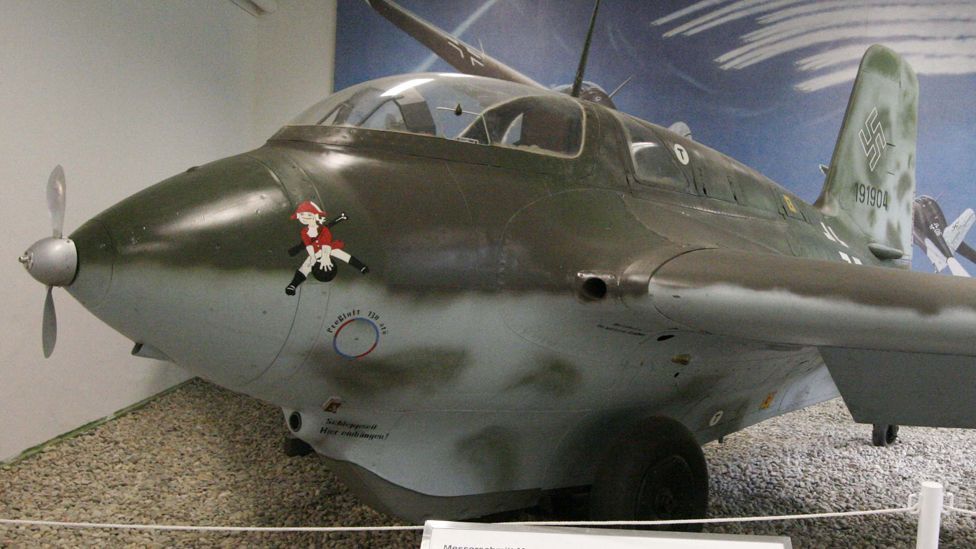
The Messerschmitt Me-163 Komet was the merely rocket fighter to enter service; pilots just had three minutes' worth of fuel and had to glide back to base of operations. (Baku13/Wikimedia)
The Heinkel He-162 was another last-ditch pattern the Nazi regime called upon. The aerodynamically avant-garde He-162 went from first drawings to product in 90 days; the Germans drew up plans to build 3,000 of them a month. The wooden He-162 was designed to exist flown past teenage pilots with only rudimentary training, only the He-162, though an splendid blueprint, needed careful handling. Things weren't helped past the location of the engine – correct higher up the cockpit – meaning escaping pilots ran the hazard of being sucked into the engine. Also a major design flaw was that the mucilage used to stick the plane together really corroded the airframe.
The devil's in the details
In the years after Globe War Two, Britain'due south aircraft industry was in rude health, creating many advanced designs. The beginning jet airliner in the world was British, the de Havilland Comet, which entered service in 1952, long before Boeing'south 707. But there were flaws in the Comet design, chiefly with the square cabin windows, which added more than stress on the airframe than rounded windows. Three Comets broke-up in mid-air shortly afterwards entering service – the accidents made global headlines – and United kingdom of great britain and northern ireland'south pioneering jet airliner industry never fully recovered.
Not all flawed designs terminate their days on the scrapheap. The Douglas DC-10 medium and long-haul airliner ended its flying days with a proficient safety tape, but simply after a series of serious issues were discovered back in the 1970s. Chief of these was the design of the plane's cargo door. Instead of opening inwards, they opened out – Douglas's designers figuring this left more room to load cargo. The doors needed to be closed with heavy bolts – then locked with pins on the outside of the aircraft. Merely the pins would exist "locked" without the bolts having been properly fastened, significant at that place was no way to be sure the cargo doors were locked. At to the lowest degree two aircraft were destroyed in such crashes, including a Turkish Airways DC-10 which crashed in France, killing nearly 350 people. The DC-x was briefly grounded by United states of america aviation chiefs, and while the flaw was fixed, the DC-10 struggled to rid itself of this bad reputation.
What do yous recollect? Have nosotros got the listing correct? What other disappointing designs are there? Head over to our Facebook or Google+ page, or bulletin united states of america on Twitter to tell us.
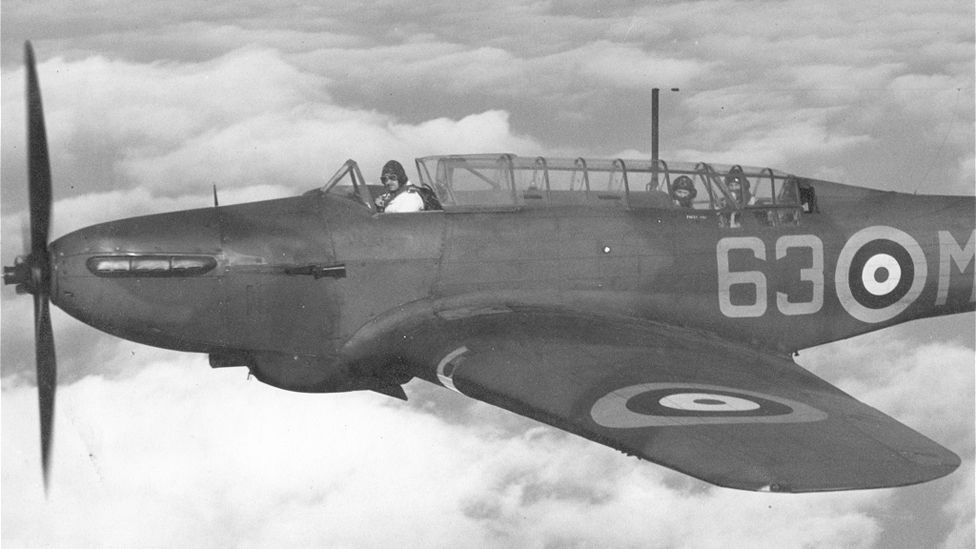
The Fairey Battle was a 1930s-era daylight bomber; by the time it saw service confronting the Germans in 1940, information technology was hopelessly outclassed. Nearly 100 were shot downwards in a week. (RAF)
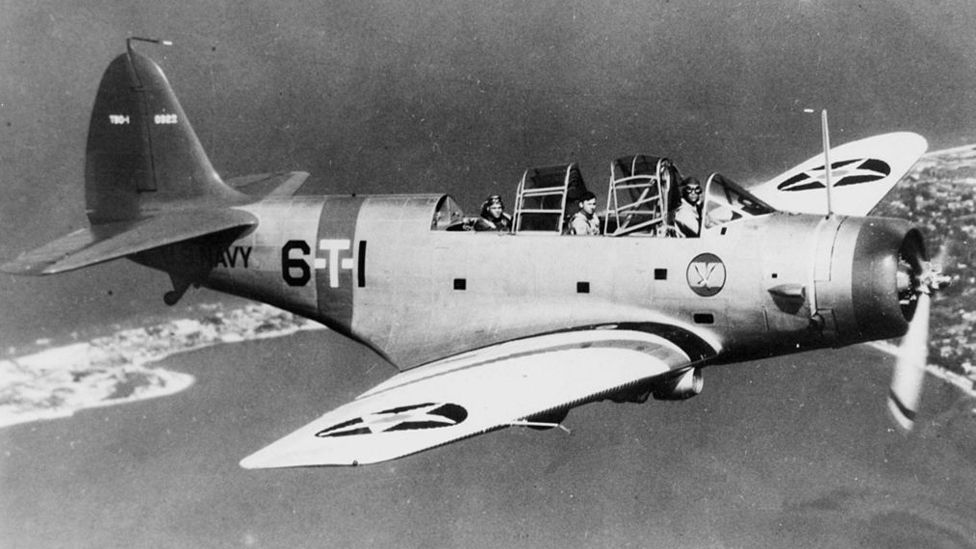
The Douglas TBD Devastator was a death-trap; it could only release its torpedo flight in a straight line whilst dawdling at 115mph – making it easy to shoot down. (US Navy)
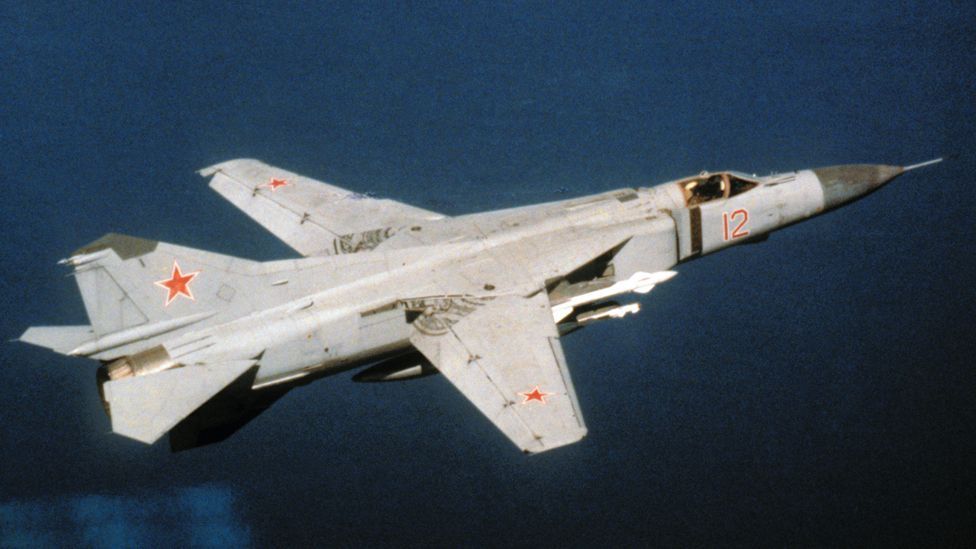
Though thousands of Soviet-built MiG-23s served in many air forces, information technology was never every bit pop every bit the MiG-21, the fighter it was intended to supplant. (Us Government)
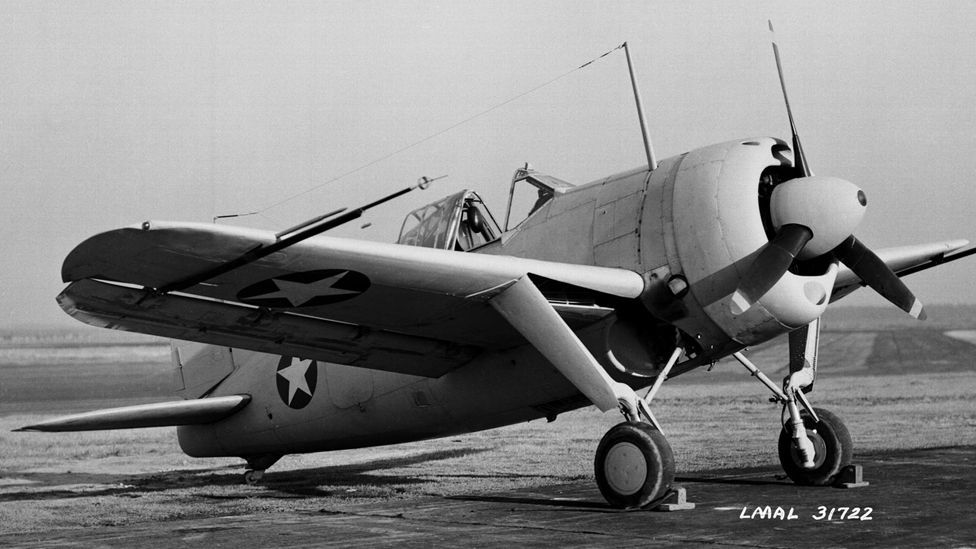
The short-lived Brewster Buffalo was shot down in droves when it encountered Japanese fighters in the early on years of World State of war Ii, proving likewise boring and cumbersome. (US Navy)
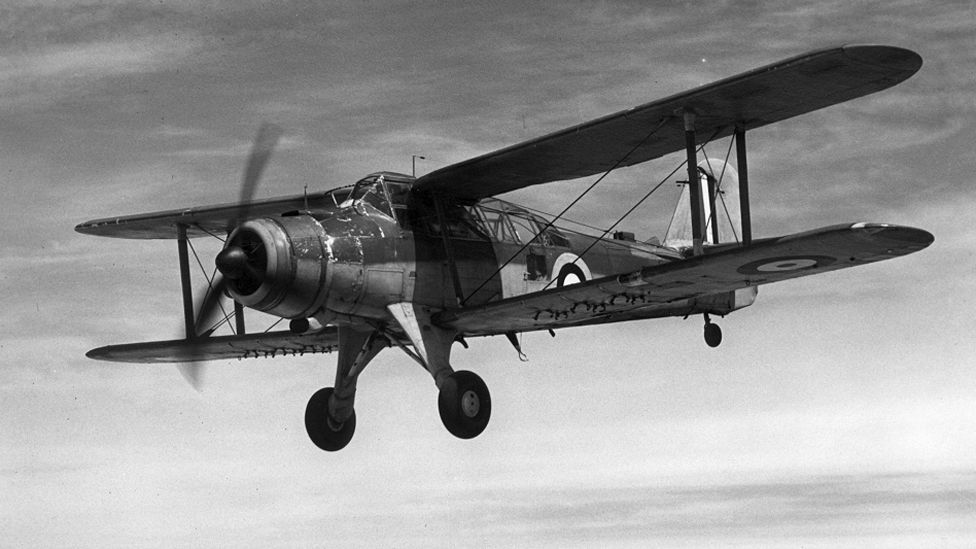
The Fairey Albacore was intended to become the Royal Navy's standard torpedo bomber; it concluded upwardly being edged out past the aeroplane it was supposed to replace. (RAF)
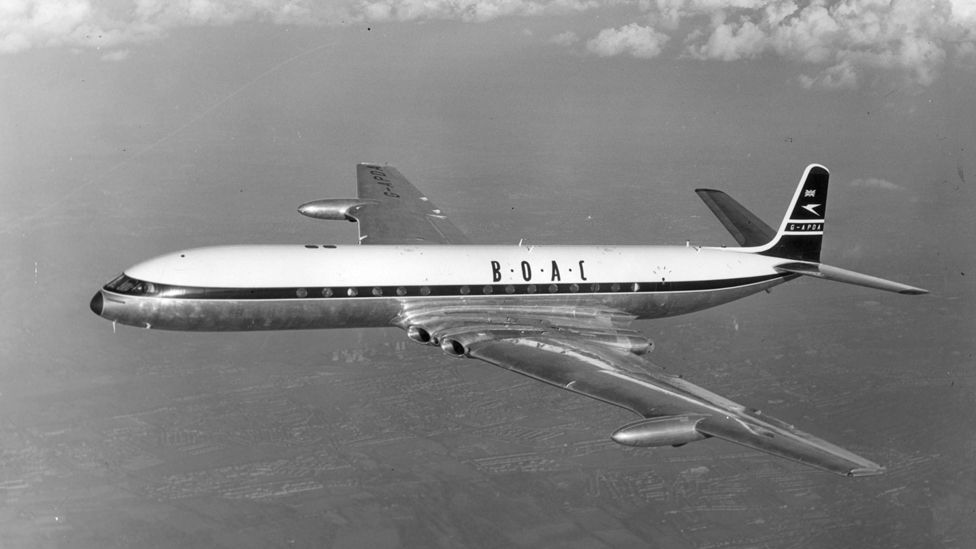
A flaw in the design of the De Havilland Comet's cabin windows led to several crashes which ended the airplane's promising airline career. (Getty Images)
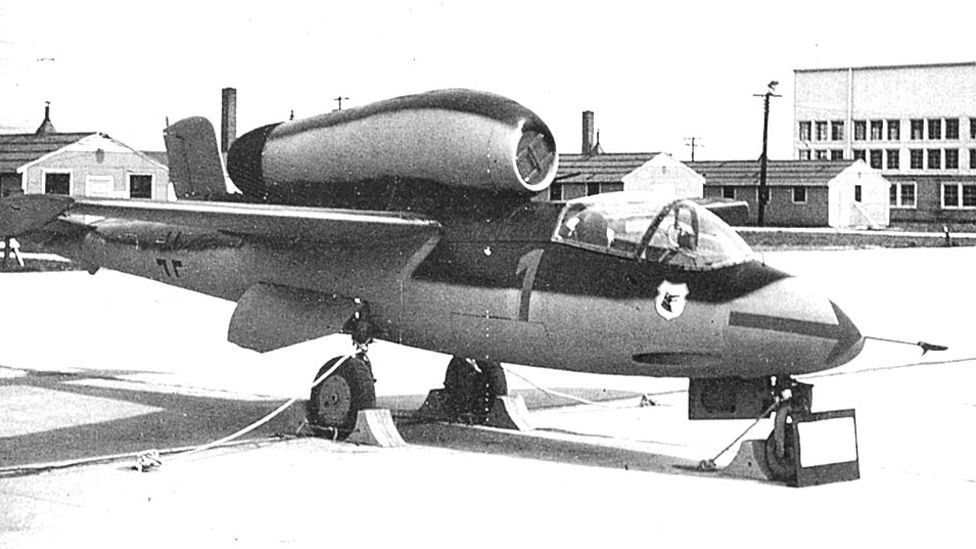
While the Heinkel He-162 was aerodynamically advanced, rushed product, barely trained crews and sub-standard edifice textile made information technology a liability. (Usa Air Strength)
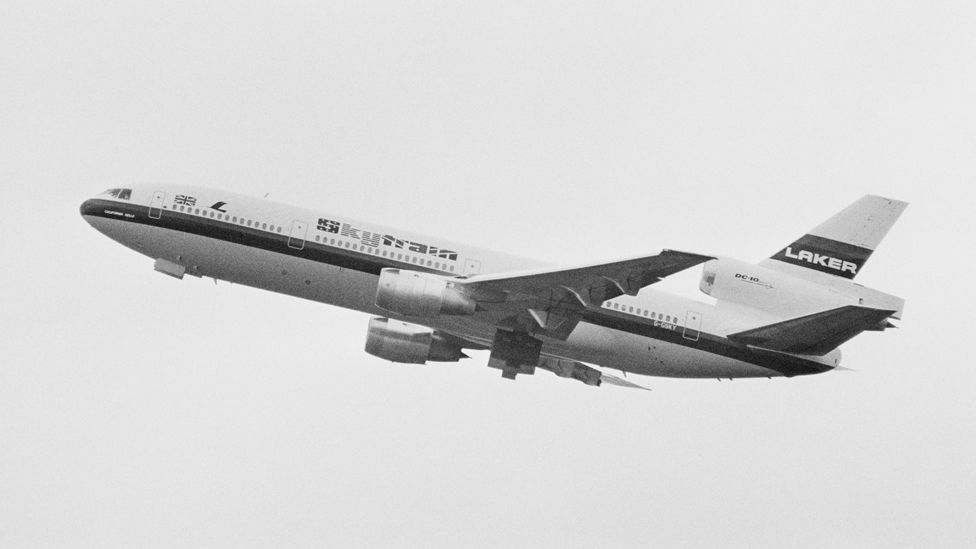
The Douglas DC-10 suffered several early crashes due to the flawed pattern of its cargo doors, which acquired them to open up mid-flight.(Getty Images)
alcantaracyricionsien.blogspot.com
Source: https://www.bbc.com/future/article/20140522-are-these-the-worlds-worst-plane
0 Response to "Old Boat With Wings Planes Future Drawing Concept Sketch"
ارسال یک نظر